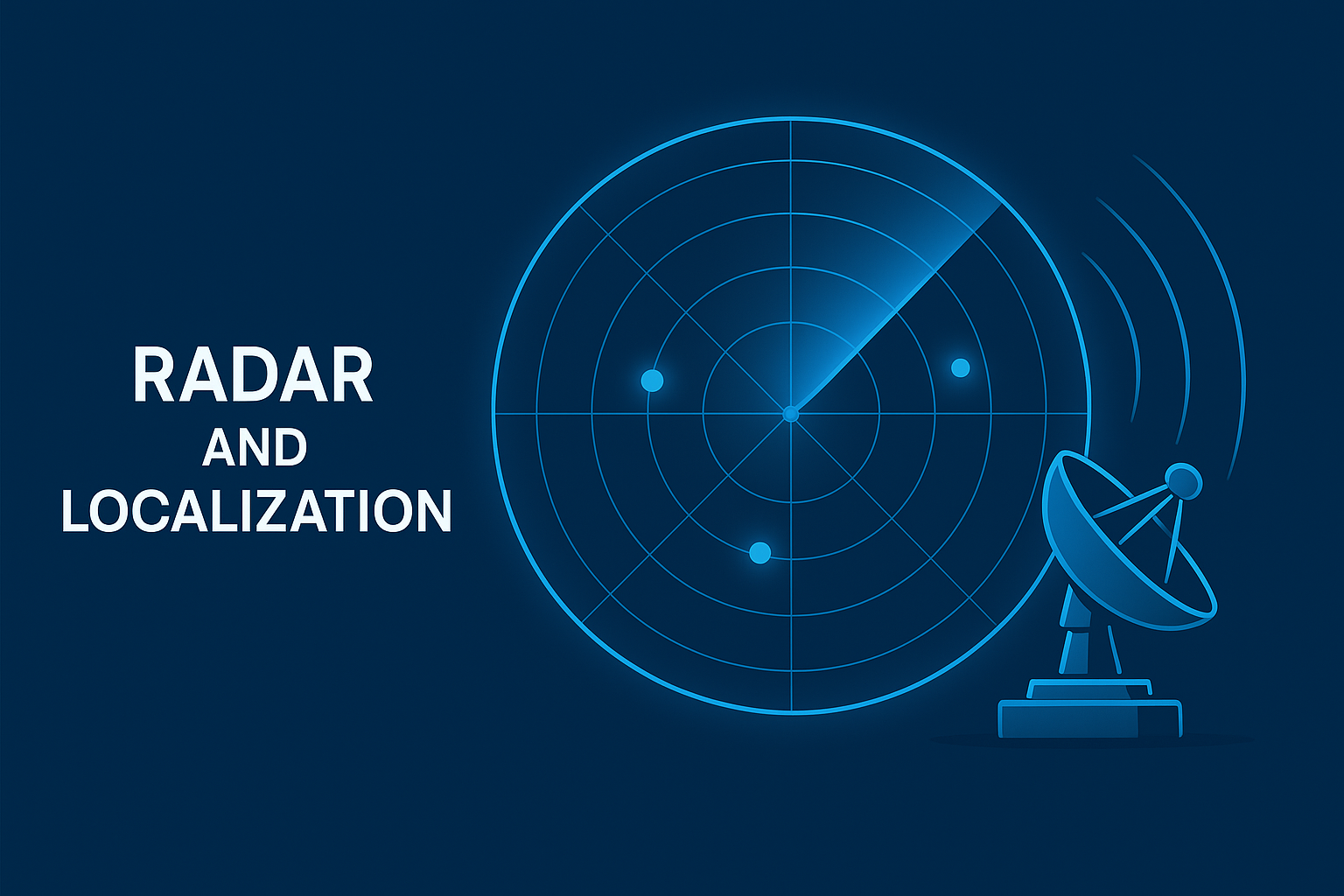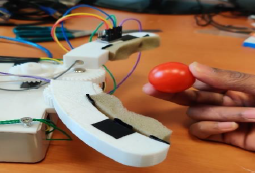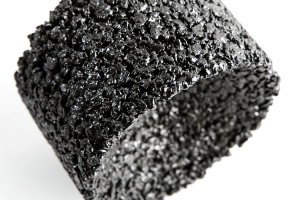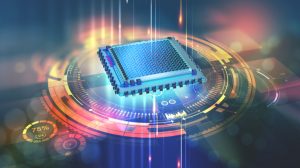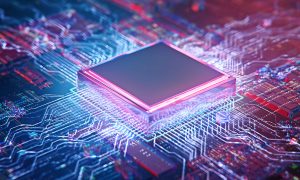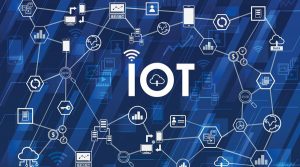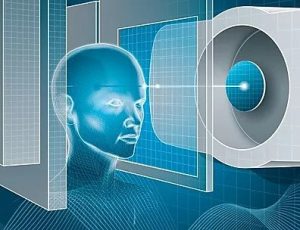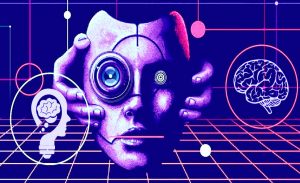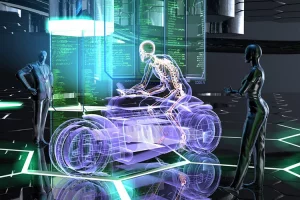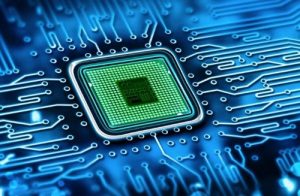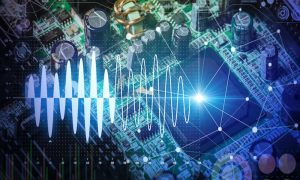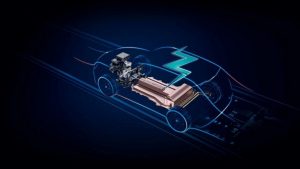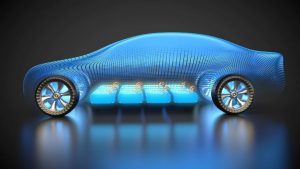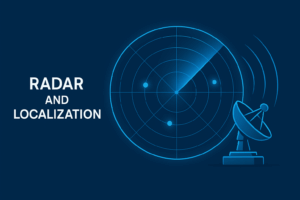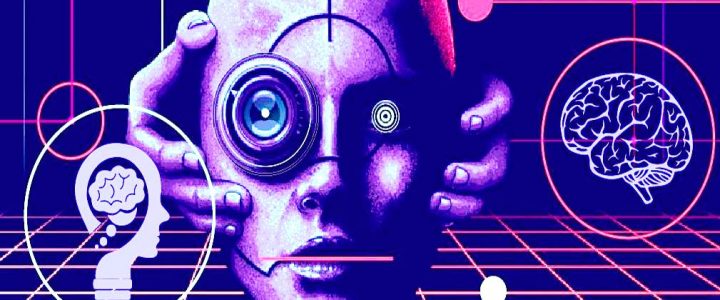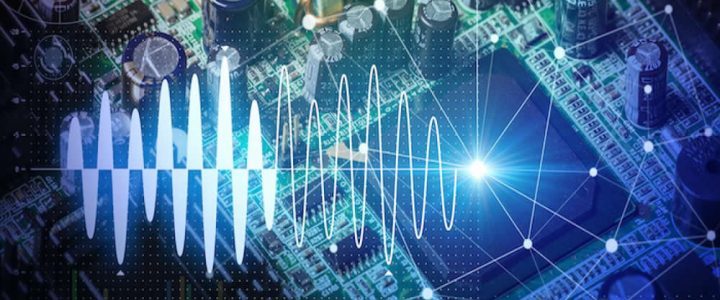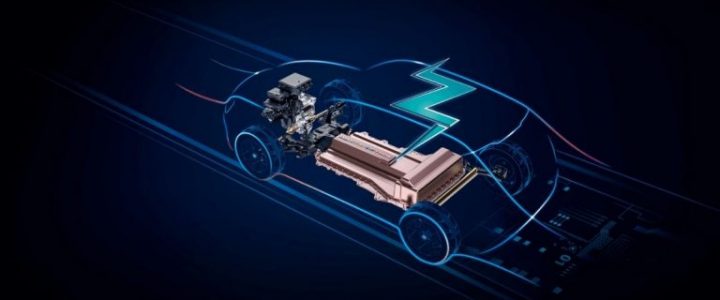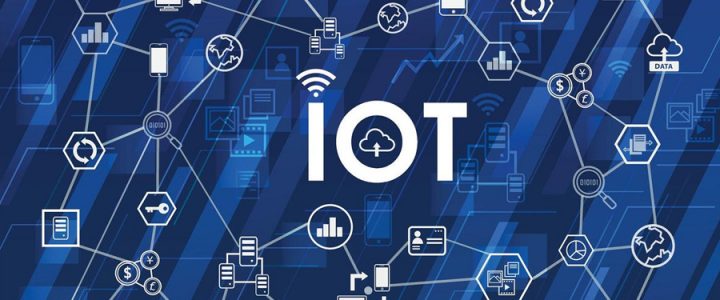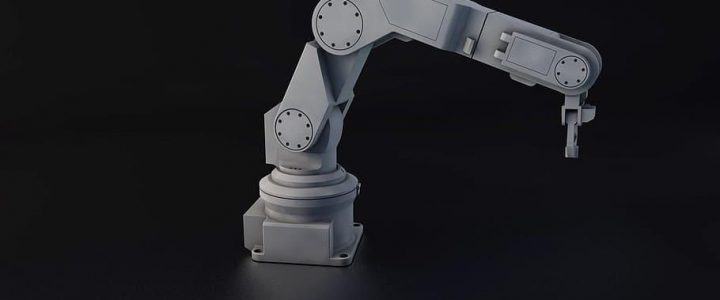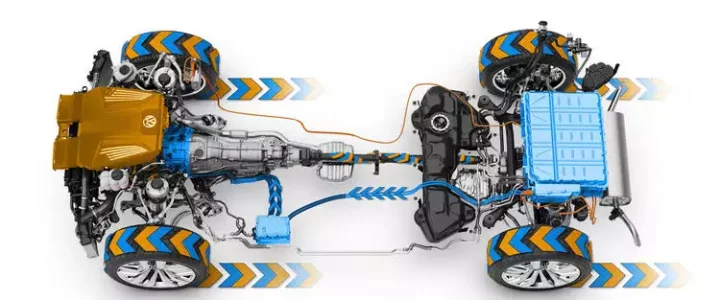| 2 YEAR | II semester | 6 CFU |
| Prof. Mauro Leonardi | A.Y. 2025-26 |
|
|
(By ICT) |
| Code: 80300159 SSD: ING-INF/03 |
Objectives: Knowledge of the main applications and operations of radar systems with the necessary basic elements, both theoretical and technical-operational. Being aware, at the system level, performance in terms of scope, discrimination, ambiguity, Doppler filtering (MTI Improvement Factor) and Pulse Compression (analysis of waveform radar). Course content General information on radar, spectrum usage, radar measurements (distance, radial velocity, angular location). Fundamental radar equation, the noise of the receiver and antenna, propagation (attenuation and reflections), losses. Radar Cross Section and targets models (slow and rapid fluctuation); detection of targets (fixed and moving); integration of the pulses. Decision Theory and radar detection: decision criteria, detection of single pulse, revelation with N pulses. Doppler radar and Moving Target Indicator (MTI): Doppler effect and structure of the coherent transceiver, MTI filtering, Improvement factor and its limitations, Moving Target Detector, Matched filter and Pulse Compression, Chirp signal, ambiguity function. Global Navigation Satellite Systems principles and Mobile Terminal Localization.
 UNIVERSITA' DEGLI STUDI ROMA "TOR VERGATA"
UNIVERSITA' DEGLI STUDI ROMA "TOR VERGATA"